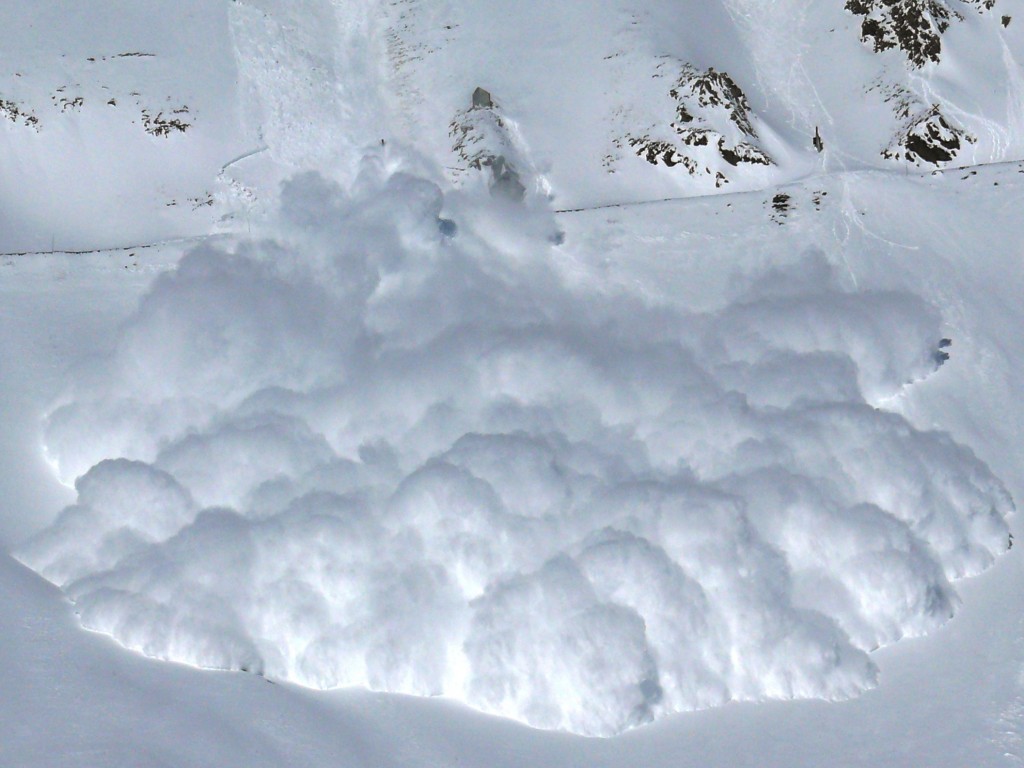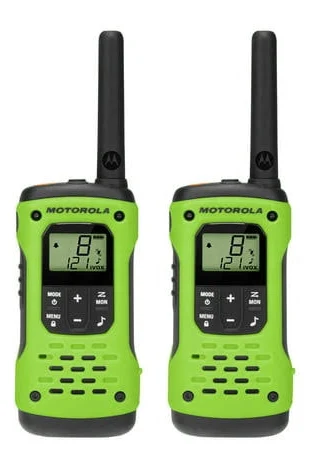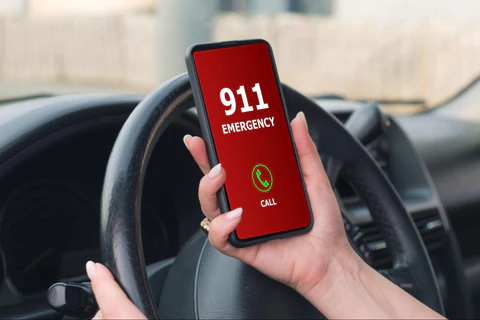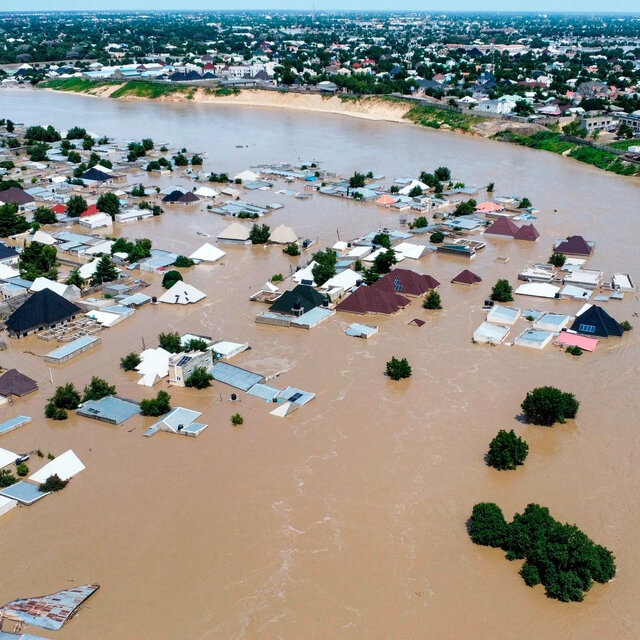Avalanches are masses of snow that move swiftly down a mountainside, often triggered by human activity or natural causes. They can pose a serious threat to anyone who ventures into the backcountry, especially in winter. According to Avalanche.org, a partnership between the USDA Forest Service and the American Avalanche Association, avalanches kill an average of 28 people each year in the U.S.



Before Heading Out
To avoid becoming a victim of an avalanche, you need to be prepared and informed before heading out. Here are some tips to help you stay safe in avalanche terrain:
Check the avalanche forecast
Avalanche.org provides real-time forecasts that show you the level of avalanche danger at your destination and whether you should go out or not. The danger scale ranges from low (1) to extreme (5), based on factors such as snowpack stability, weather conditions, and terrain features.

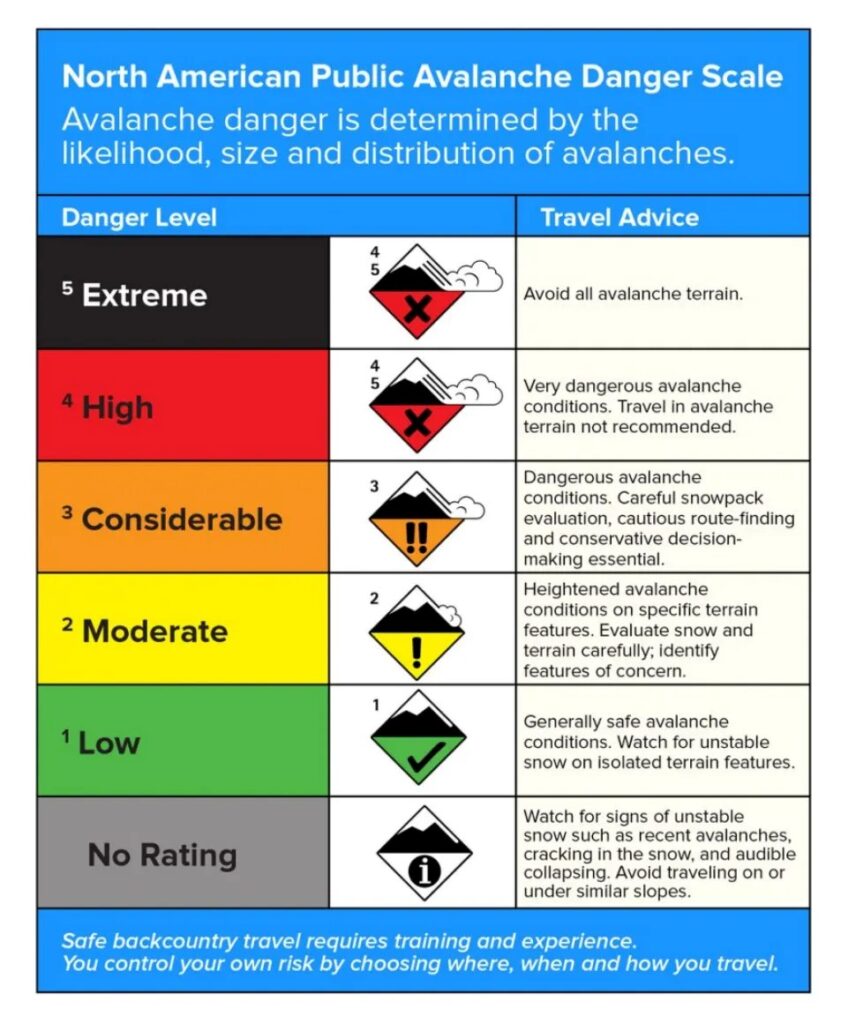
Have the appropriate gear and training
If you decide to go out, you should always carry an avalanche beacon, a probe, and a shovel. These are essential tools that can help you locate and rescue someone who is buried under the snow. You should also know how to use them properly and practice with them regularly. Additionally, you should take an avalanche course from a certified instructor who can teach you how to recognize and avoid avalanche hazards, how to travel safely in a group, and how to perform a rescue.
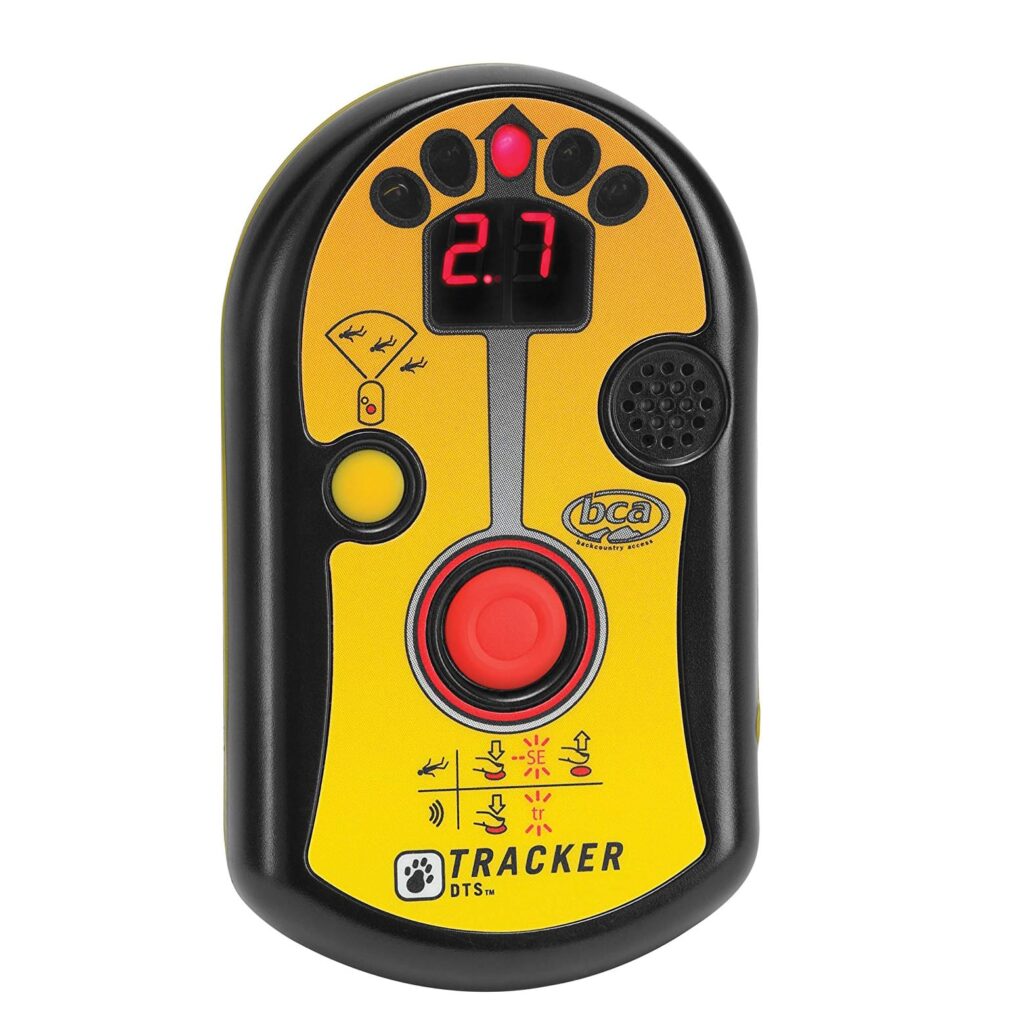
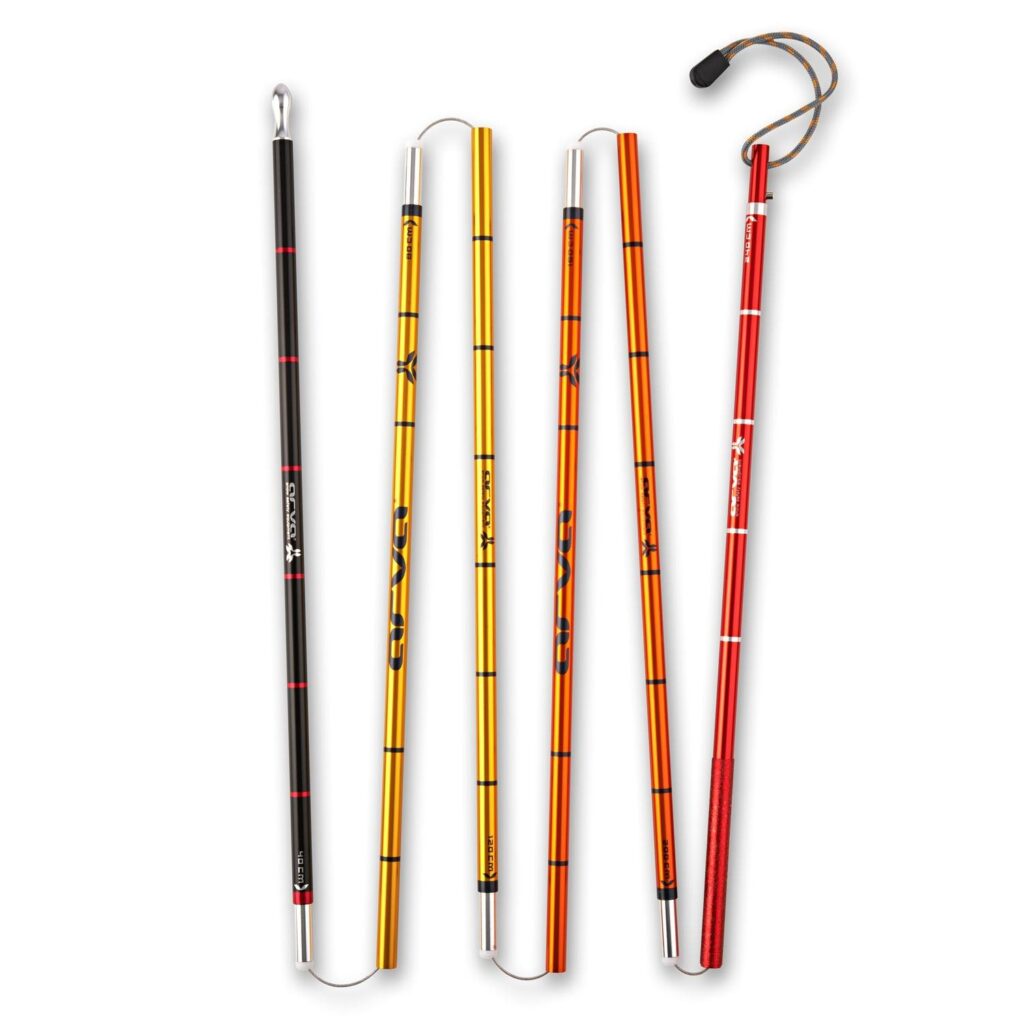
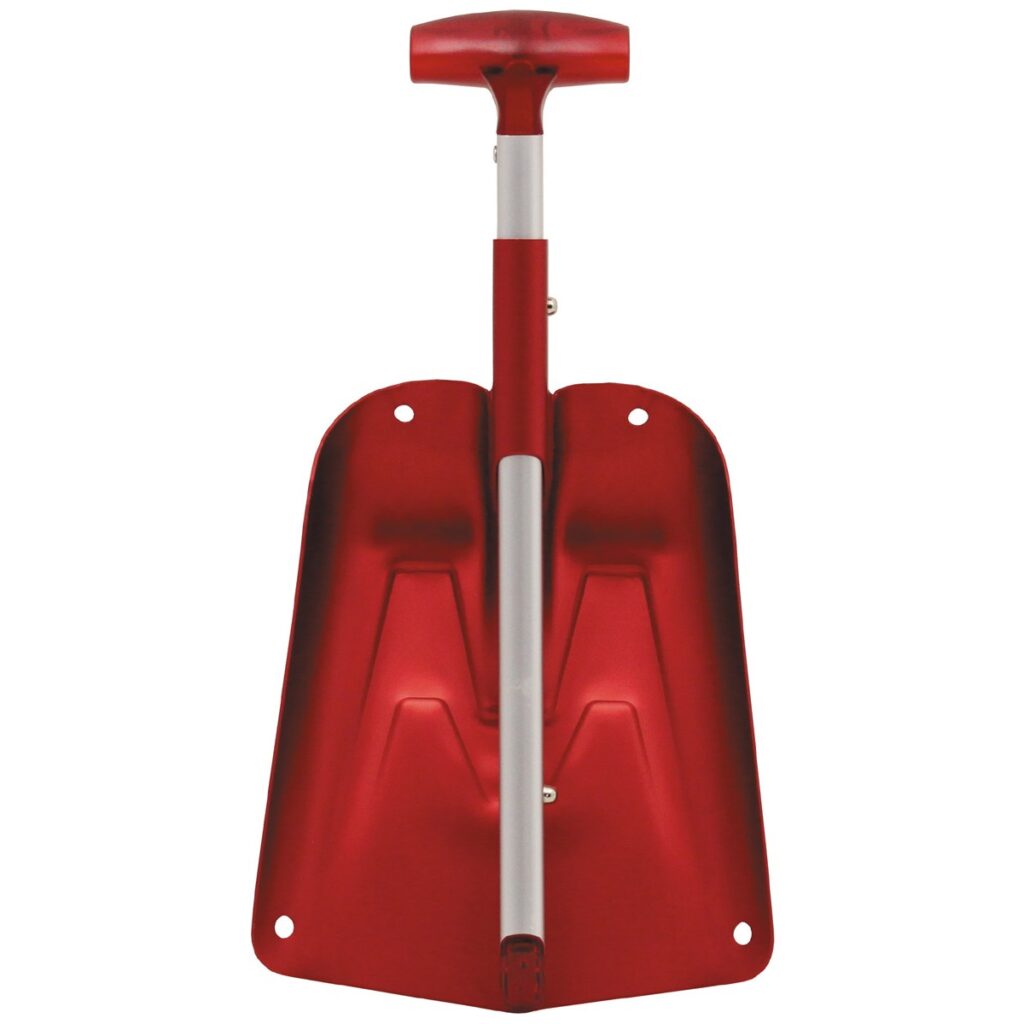
Follow the terrain rules
Some terrain features are more prone to avalanches than others. For example, slopes between 34 and 45 degrees are the most likely to slide, while slopes steeper than 50 degrees tend to shed snow more easily. You should also avoid convex slopes, gullies, cornices, and areas below cliffs or rock bands. Furthermore, you should pay attention to the aspect and elevation of the slope, as they can affect how the snowpack reacts to temperature changes and solar radiation.
Be aware of the signs of instability
As you travel in the backcountry, you should constantly monitor the snow conditions and look for clues that indicate a weak or unstable snowpack. Some signs of instability include: cracks or whumphs in the snow, recent avalanches or debris, wind-drifted snow or cornices, heavy snowfall or rain, rapid warming or thawing, and loud noises or vibrations. If you encounter any of these signs, you should turn back or find a safer route.

Have a plan and communicate it
Before you go out, you should have a clear plan of where you are going, what route you are taking, and when you expect to return. You should also communicate your plan to someone who is not going with you and who can alert the authorities if you do not check in by your agreed time. Moreover, you should stay in contact with your group members and make sure everyone is on the same page regarding the avalanche risk and the decisions you make along the way.

How to dress for the cold
- Layers
- Thermal underlayer
- Windproof outer layer
- Waterproof or resistant outer layer
Additional Gear to Carry into the Backcountry
- 2-way radio
- Snowshoes
- Handwarmers
- Plasma Lighter
- Flashlight
- Insulated Water Bottle
- Energy Bars
- First Aid Kit
Conclusion
Avalanches are unpredictable and powerful natural phenomena that can have devastating consequences for backcountry travelers. However, by following these tips and being prepared and informed, you can reduce your chances of getting caught in an avalanche and increase your chances of surviving one if it happens.
Download a copy of FEMA’s Be Prepared for an Avalanche information sheet:
Last Updated on February 18, 2023

